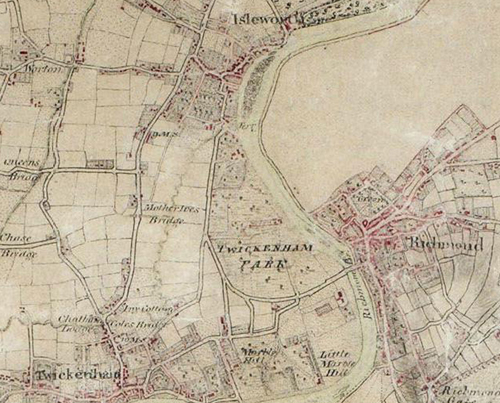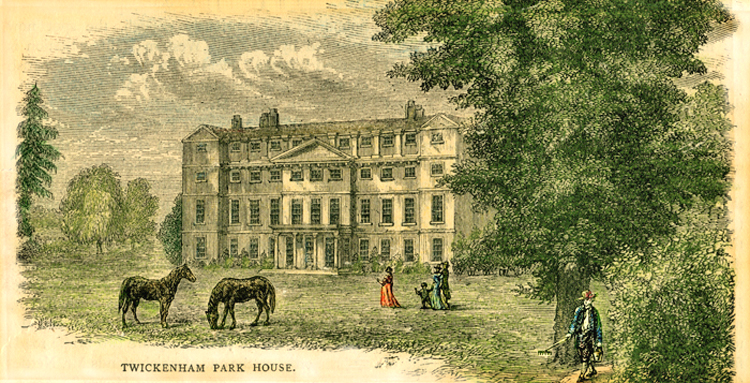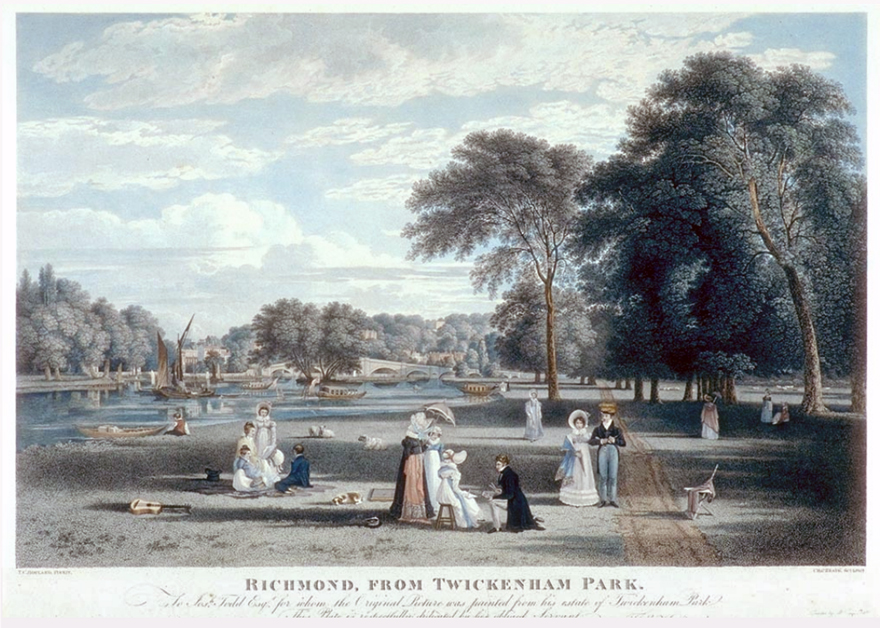Twickenham Park – A brief History
The first boundary of Twickenham Park was created back in 1227 by Richard, Earl of Cornwall, the younger brother of the then King of England, Henry III. The Park enclosed it from the surrounding heath. Over the following centuries the boundaries of Twickenham Park changed quite considerably, as did its owners and the uses to which the area was put; from breeding rabbits, to keeping deer, to hunting. Francis Bacon, the English statesman, philosopher and scientist, was perhaps the most famous resident of Twickenham Park in the 16th century.

The first major house on the site was built in 1601. More followed later (these being mainly mansions). In the 1760s one of the residents, the Duchess of Newcastle, managed a wide variety of mixed farming in the area. This is the land that much later became a sports ground and where eventually Beresford Avenue was built in 1930. Other house owners in the past centuries created some of the first gardens in the area, in one instance converting a large sand pit in Twickenham Park into a spiral garden.

By 1840 development had begun within Twickenham Park with the erection of some substantial villas, such as Willoughby House (near Richmond Bridge), Ryde House (in Richmond Road) and Bute Lodge (in Park Road). Most of the present day dwellings in Twickenham Park were built in the 20th century, the 1930s seeing a major housing development. Certainly by 1950 there were no pieces of land of significant size left for housing development, and only occasional in-filling can now be seen.
A word or two about the emergence of some of the present roads in the area. When the grounds of Twickenham Park were being broken up into smaller lots in the 1820s, a substantial house was built on a site about halfway down Park House Gardens: it eventually became known as Twickenham Park House. Its accompanying estate stretched to St Margaret’s Road and comprised what are now Rosslyn Road, Riverdale Road and Gardens, Ellesmere Road, Arlington Road, Ravensbourne Road, The Barons, the Twickenham Film Studios and the small workshops in the old stables of the house beside the railway. One lodge of this estate still survive at the northern end of Rosslyn Road.
By 1865 the large houses of Riverdale Road had been built, but it was not until the 1930s that the remainder of the roads mentioned above were completed. Twickenham Park House was demolished in 1929 and the surrounding land was excavated for gravel. In the early 1930s the gravel pits were filled in with, according to the local people, rubble and other material from the foundations of the Old Hotel Cecil in the Strand. The first houses were then built in Park House Gardens at prices of up to £1600 for semi-detached with garages, about the price of a garage today.
We would like to thank the staff at Richmond Local Studies Library for their assisstance to our continuing researches.

More photos of the Twickenham Park area
Website compiled and maintained by Dave Wilson member TPRA
All original research by JW Harris unless otherwisa credited
All research copyright the author and may not be reproduced without prior permission Twickenham Park Residents Association